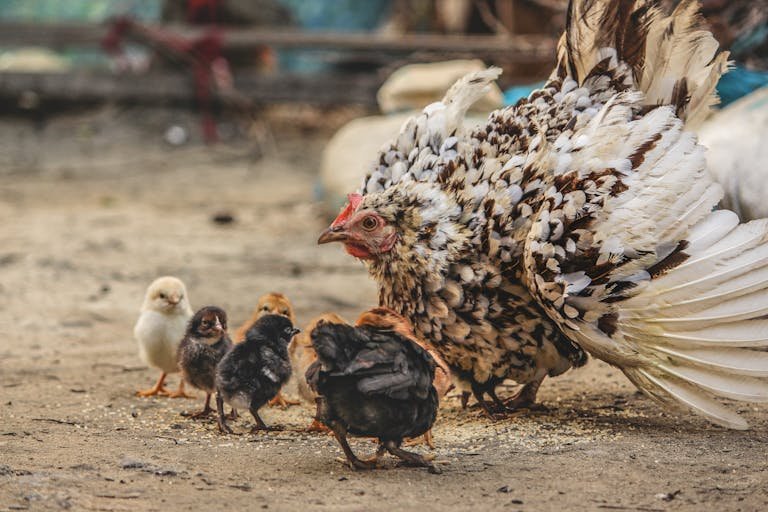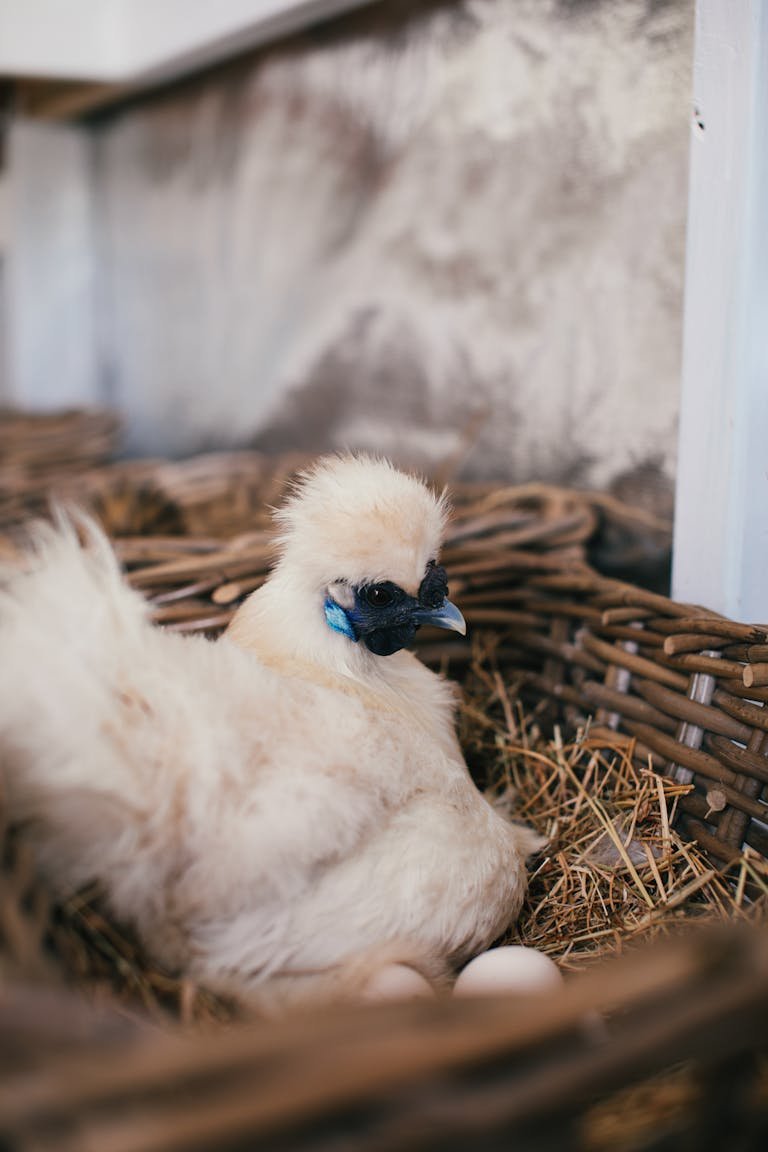Marek’s Disease in Chickens: Symptoms & Protection
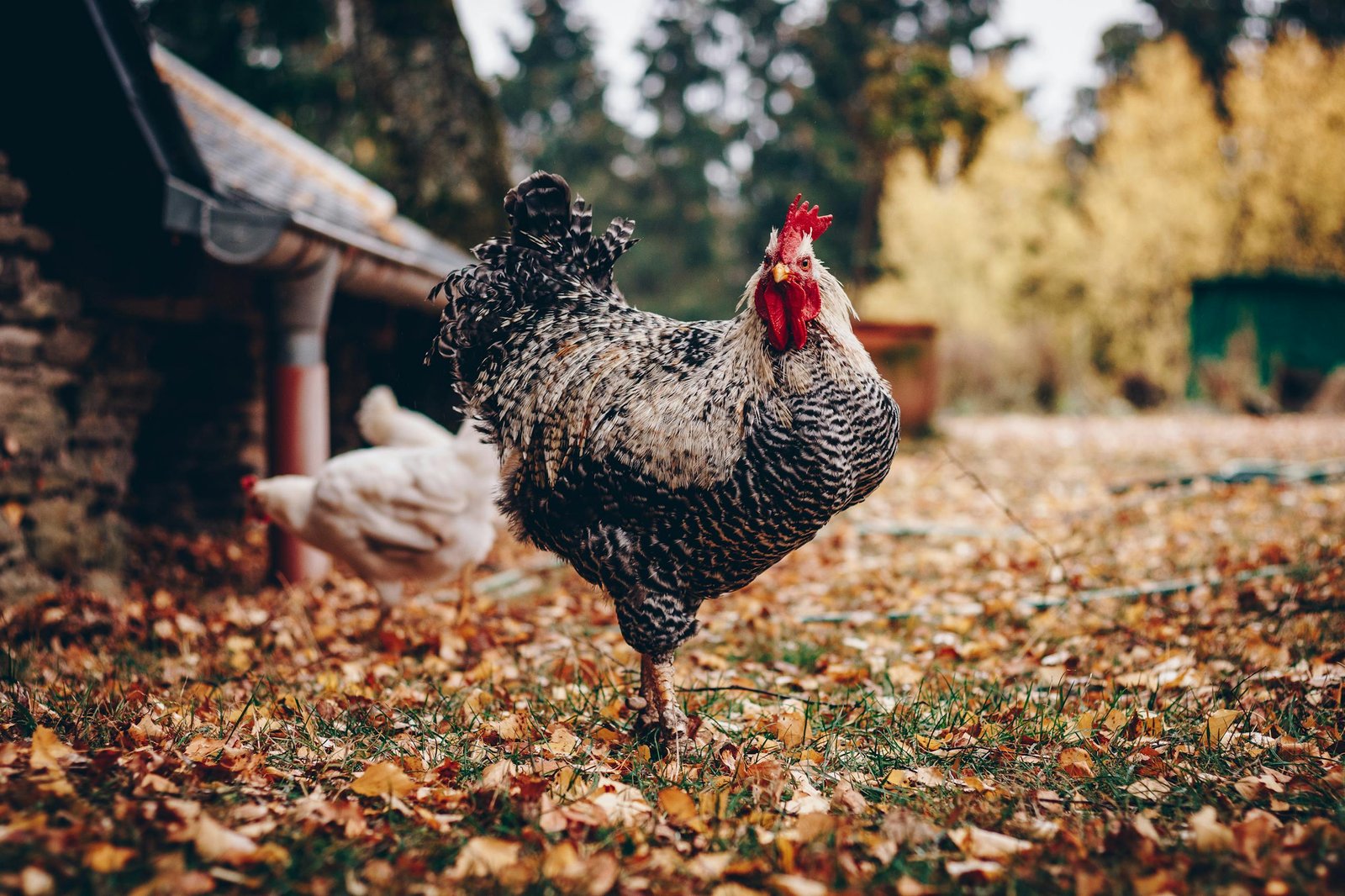
Marek’s disease is a viral infection that poses a serious threat to poultry, particularly chickens. It is caused by a highly contagious herpesvirus that targets the nervous system, internal organs, skin, and eyes, leading to paralysis, tumors, and ultimately death if left unchecked. As a chicken owner, it’s essential to understand Marek’s disease because of its widespread prevalence and devastating consequences for your flock.
In this blog, I’ll walk you through everything you need to know about Marek’s disease in chickens, including its symptoms, forms, prevention, and treatment options.
What is Marek’s Disease
Marek’s disease is a viral infection named after the Hungarian veterinarian József Marek, who first identified it. This disease is one of the most significant threats to poultry worldwide due to its high contagiousness and devastating impact on flocks. The virus spreads primarily through airborne particles, such as dust and dander from infected birds, making it highly contagious.
Marek’s disease primarily affects chickens, but other poultry such as turkeys, pheasants, and quails can also be impacted. The disease is most common in young chickens, particularly those between the ages of 6 and 30 weeks.
Symptoms of Marek’s Disease
Marek’s disease manifests in several different ways, with symptoms varying based on which part of the body the virus targets. Common symptoms include neurological issues, tumors, and overall health decline. Here’s a detailed breakdown of the main symptoms:
Neurological Symptoms
Marek’s disease often affects the nervous system, leading to paralysis in different parts of the chicken’s body. Here are key neurological symptoms:
- Paralysis of Limbs and Wings: One of the most recognizable symptoms is the partial or complete paralysis of the chicken’s legs or wings. Affected birds may drag one leg or have their legs splayed in a “splits” position.
- Twisted Neck (Torticollis): Chickens may develop a twisted neck due to nerve damage, making it difficult for them to keep their head upright.
- Loss of Coordination: Affected chickens may have difficulty maintaining balance, stumbling around, or struggling to perch.
Tumor Development
Marek’s disease can lead to the formation of tumors in various organs. The disease’s “tumor” form causes visible lumps and growths, severely compromising organ function.
- Internal Organ Tumors: Marek’s disease can cause tumors in vital organs such as the liver, spleen, kidneys, and heart, impairing their function and leading to organ failure.
- Eye Tumors (Ocular Marek’s Disease): Tumors can also form in the eyes, leading to a condition called “gray eye.” This can result in blindness if left untreated.
- Skin Tumors: Tumors can form under the skin and around the feather follicles, which are visible as raised rough patches.
General Symptoms
Alongside neurological symptoms and tumor formation, Marek’s disease weakens the overall health of the chicken, which results in the following signs:
- Weight Loss: Chickens may show signs of wasting away, becoming thin and weak despite having access to food.
- Lethargy: Infected chickens are often noticeably lethargic, spending more time sitting or lying down than active birds.
- Decreased Egg Production: Hens infected with Marek’s disease often experience a reduction in egg production, with eggs becoming smaller or of lower quality.
- Abnormal Posture: Due to muscle weakness, affected chickens may sit or stand in unusual positions, such as the splay-legged stance caused by leg paralysis.
Forms of Marek’s Disease
Marek’s disease presents itself in several forms, each targeting different parts of the chicken’s body. Here are the main forms you should know about:
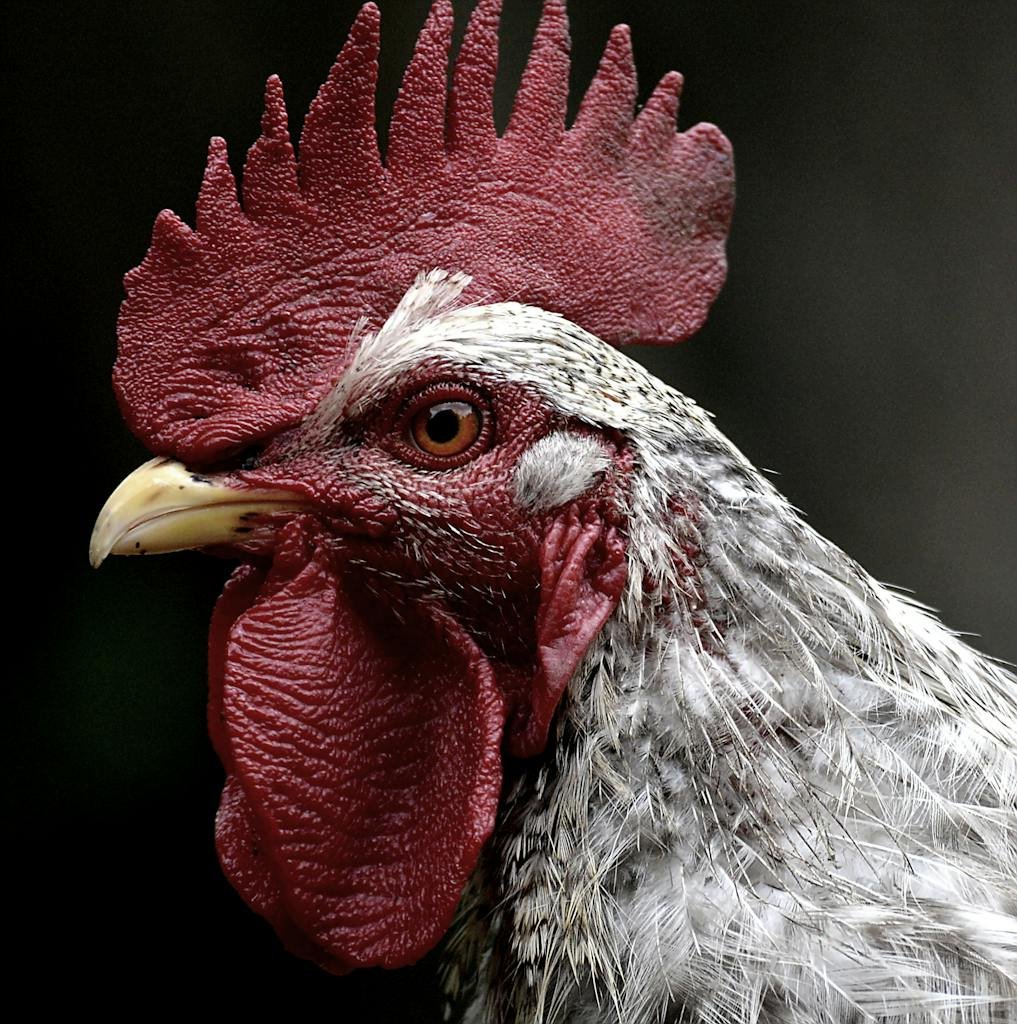
1. Classical (Neurological) Form
This form primarily affects the nervous system, causing paralysis, loss of coordination, and twisted necks. It’s the most common and recognizable form due to its clear neurological symptoms.
2. Visceral (Tumor) Form
This form causes tumors to develop in internal organs such as the liver, kidneys, spleen, and heart. It is often fatal as it disrupts the normal function of these vital organs.
3. Ocular Marek’s Disease
This form affects the eyes, causing tumors and a change in eye color (becoming pale or gray), leading to blindness if left untreated.
4. Cutaneous Form
Tumors form beneath the skin and around feather follicles. This form can be identified by rough, raised patches on the chicken’s skin.
Read Also: Crowing Champs: How Roosters Keep the Flock Strong
Transmission of Marek’s Disease
Marek’s disease is highly contagious and primarily spread through airborne particles. The virus is shed through the feather dander of infected birds, which can remain in the environment for months, making it difficult to eliminate.
Modes of Transmission
- Airborne: Inhalation of feather dander from infected birds.
- Direct Contact: Healthy chickens can become infected through direct contact with sick birds.
- Contaminated Equipment: Feeders, waterers, and coops can harbor the virus, facilitating transmission.
Once the virus is present in your flock or poultry house, it is hard to eliminate due to its ability to survive in dust and litter for long periods.
Prevention of Marek’s Disease
While Marek’s disease is highly contagious, it is preventable. The most effective way to protect your flock is through vaccination, along with proper hygiene and biosecurity practices.
Vaccination
Vaccination is the most effective tool in preventing Marek’s disease. The vaccine should be administered to chicks on the first day of life to provide early protection. While the vaccine does not entirely prevent infection, it significantly reduces the severity and mortality rate of the disease.
Key Points About Vaccination
- Timing: The vaccine must be given to day-old chicks before exposure to the virus.
- Efficacy: While the vaccine doesn’t completely stop infection, it significantly reduces the severity of the disease and mortality rate.
Biosecurity Measures
In addition to vaccination, implementing strict biosecurity protocols in your poultry operations will reduce the chances of introducing Marek’s disease into your flock.
- Quarantine New Birds: Always quarantine new birds for at least 30 days before introducing them to your flock to ensure they’re not carrying the virus.
- Clean and Disinfect Regularly: Regularly clean and disinfect coops, feeders, waterers, and other equipment to remove dust, feather debris, and contaminants that may harbor the virus.
- Control Pests: Rodents and insects can carry the virus between flocks. Keep them under control to minimize the spread of the disease.
- Avoid Contact with Infected Birds: Ensure your chickens are not exposed to wild birds or other poultry from unknown sources, as they could carry the virus.
Managing an Outbreak of Marek’s Disease
Unfortunately, there is no cure for Marek’s disease once it has infected a bird. If you suspect that Marek’s disease is present in your flock, it’s essential to take immediate action to limit the spread and protect the healthy birds.
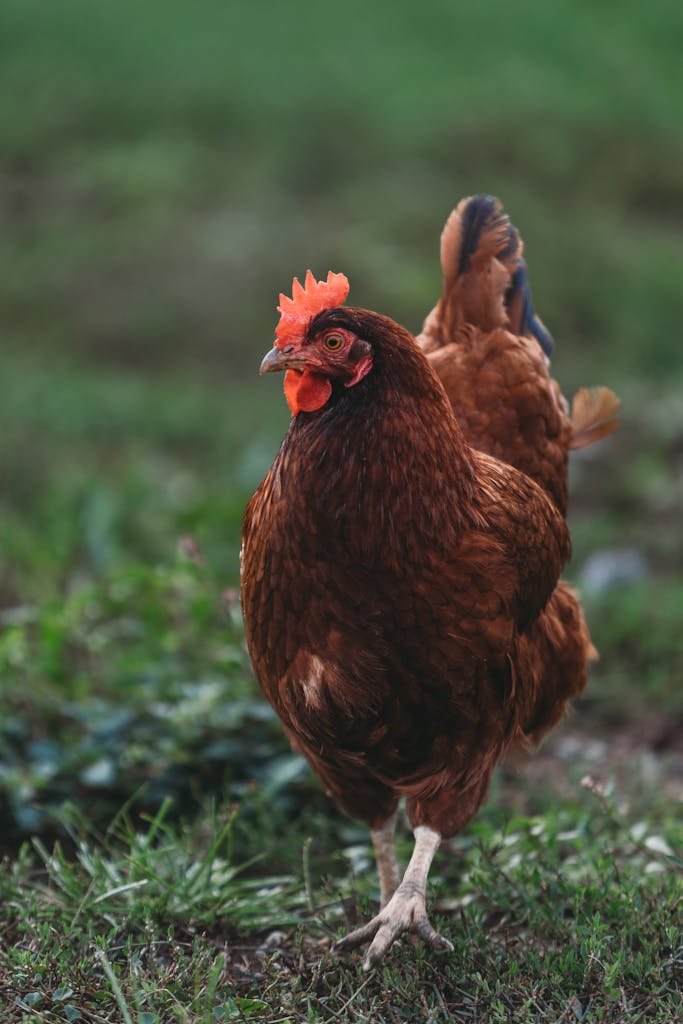
Key Actions During an Outbreak
- Isolate Affected Birds: Immediately separate infected birds to prevent the virus from spreading.
- Monitor the Flock: Keep a close eye on the remaining chickens for signs of illness. Early detection is key to managing the disease effectively.
- Euthanize Severely Affected Birds: In some cases, euthanizing severely infected chickens may be necessary to reduce their suffering and prevent the virus from spreading further.
Read Also: Newcastle Disease: Protect Your Flocks from This Deadly Avian Flu
Final Words
Marek’s disease is a serious threat to poultry, but by understanding the symptoms, prevention methods, and management strategies, you can protect your chickens. Vaccinating your birds, maintaining a clean and controlled environment, and recognizing early signs of the disease are essential steps in managing Marek’s disease. Remember, prevention is the most effective tool, as once the virus infiltrates a flock, it’s difficult to control. By following these guidelines, you can keep your chickens healthy and ensure a productive flock.

